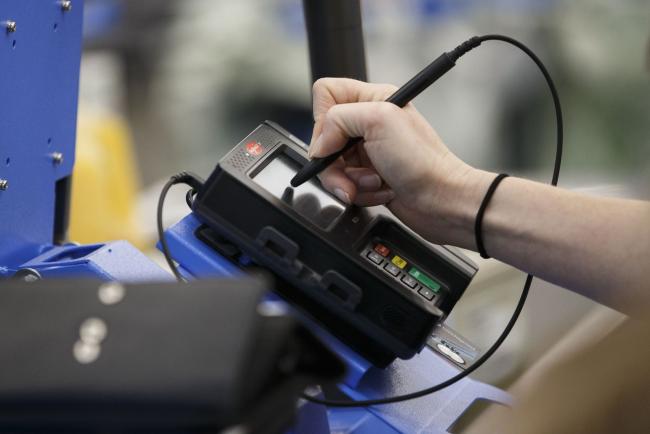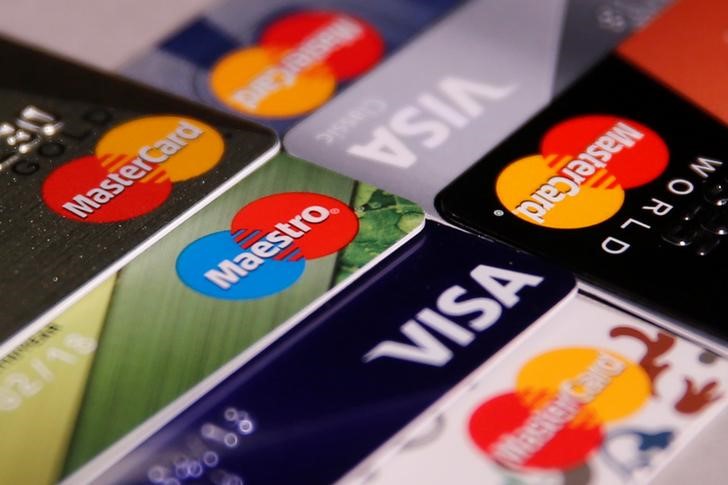(Bloomberg) -- U.S. consumer borrowing rose in October by less than forecast, reflecting a decline in credit-card balances as the pandemic continued to limit some purchases.
Total credit increased $7.2 billion from the prior month after a downwardly revised $15 billion September gain, Federal Reserve figures showed Monday. The median estimate in a Bloomberg survey of economists called for a $15.5 billion increase in October. Revolving credit declined for the seventh time in the past eight months.
A $5.5 billion drop in credit-card debt outstanding to a more than three-year low coincides with a slowdown in retail sales during the month, when consumers took a breather after the strongest-ever quarterly pace of spending. Record coronavirus infections that lead to a tightening of government restrictions on activity, along with signs job growth is easing, risk further restraining household outlays and borrowing.
The absence of additional government financial support to the millions of unemployed Americans is also seen limiting the consumer expenditures that make up the largest share of gross domestic product.
Revolving credit decreased to $979.6 billion, the lowest since May 2017.
Non-revolving debt, which includes auto and school loans, rose by $12.7 billion, the most in three months. Lending by the federal government, which is mainly for student loans, increased by $4.5 billion before seasonal adjustment.
Total consumer credit for the month rose an annualized 2.1% after growing at a 4.4% pace in September. The Fed’s report doesn’t track debt secured by real estate, such as home mortgages.
©2020 Bloomberg L.P.

